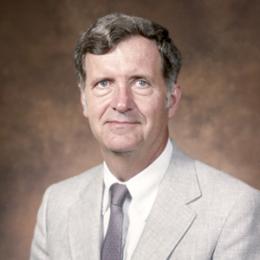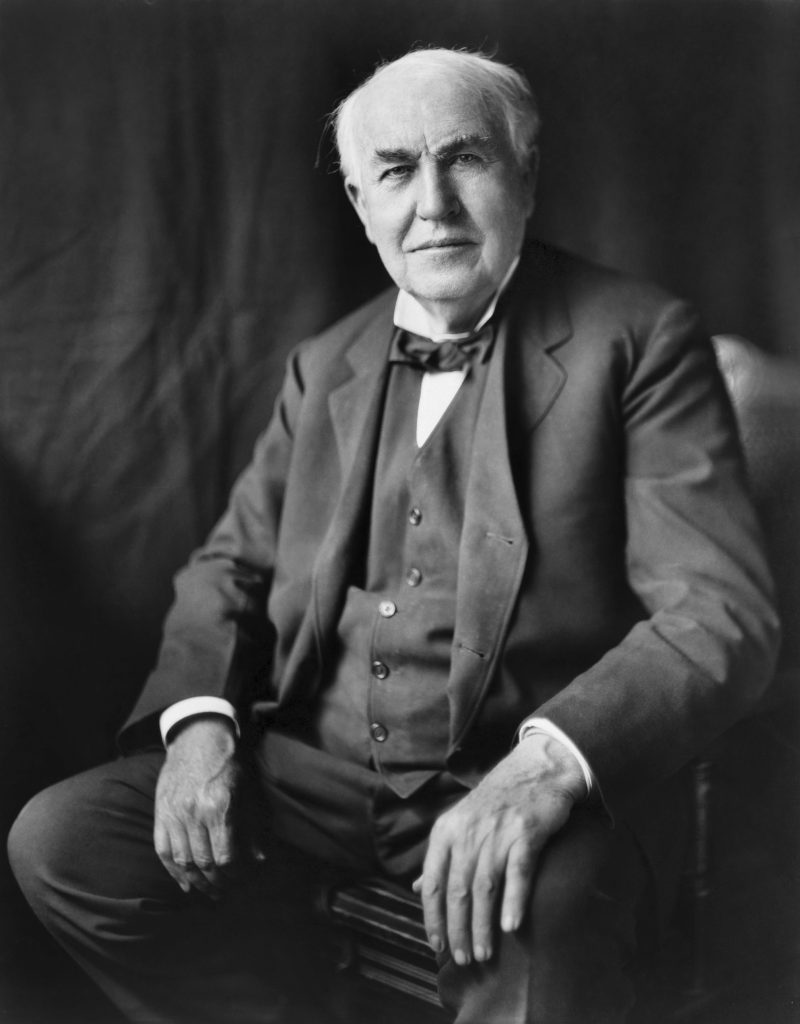George Samuel Hurst- One Of The First Scientists To Come Up With Touchscreen Technology
Though scientists conducted thorough experiments and research regarding touchscreen technology, the implementations took a very long time. Theoretically, the concept of touchscreen dates back to the 1940s but the application in the real world wasn’t possible until 1980. For a long time, the ability of touchscreen didn’t cross the boundaries of the laboratory, but today the scenario is different. We can’t imagine surviving one day without using our smartphone or a tablet. But, now we have said no to the annoying “qwerty” keypads. It is amusing how bewildered we use to be seeing the high-tech touchscreen technology in science fiction. And, today we are part of the society where most of us using the technology like a jigsaw puzzle. We should be grateful to this physicist for bringing our life to a whole other technological dimension.
The early life of George: Touchscreen Founder
Born on 13th October 1927, George belonged to a very rural area of Ponza, Bell County, Kentucky. Their family had a farm where he grew up with other siblings. From a very young age, he had a very keen interest in physics and Thomas Edison in particular. But, who knew this zeal to learn new things would make this farm boy so famous one day.
Education
George attended Bell County High School and went to Berea College to acquire his bachelor’s degree. He got admitted into college at the age of fifteen and received his degree in 1947. He graduated with a degree in physics and a minor in mathematics. For pursuing higher studies, he went to the University of Kentucky and completed his master’s in physics.
While pursuing his higher education, he made a friend called Rufus Ritchie with whom he worked on various physics projects. After graduation, both of them decided to go to ORNL (Oak Ridge National Laboratory). After George’s significant contribution to the field of Physics, he received his Ph.D. from the University of Tennessee. The name of his paper was “Attachment of Low-Energy Electrons in Mixtures Containing Oxygen”.
Area of Research
In the world of science, capacitive touchscreens were invented first followed by resistive touchscreens. E. A. Johnson is known for inventing the capacitive touchscreens in the early 1960s. He published an article, “Touch display- A novel input/output device for computers”. The features and technology of such touchscreens are incorporated in some of today’s smartphones.
But, eventually, the resistive touchscreens suppressed the concept of capacitive touchscreens. And, the inventor of this type of touchscreens is none other than George Samuel Hurst. The story of his invention is very interesting and took place at Berea College.
George and some other Ph.D. scholars were working on a project of atomic physics using an overworked Van de Graff accelerator. Rigorous analysis slowed down there pace. So, George thought of using electrically conductive paper to read a few two-dimensional coordinates. This saved time and gave a spark to the idea of touchscreens for computers.
His Big Invention
When George went to the University of Kentucky, he wanted to file a patent so that his work stays secure. But, the origin of this theory and his later laboratory works weren’t that convincing. So, the chapter was slightly closed then, but he had plans in his mind. After he went to ORNL, George along with his nine other friends researched his basement.
Since what happened in the laboratory of Berea College was completely sudden and accidental they wanted to take it further. The team called this technology “Elographics” and they started working on developing a proper interacting touchscreen for computers. He finally came up with what we call today’s resistive touchscreen technology. It is called so because the computer or smartphones respond because of the pressure we exert and no electrical conductivity. Moreover, resistive touchscreen and more cost-effective and hence widely used by mobile phone companies today.
Awards and Recognitions
George Samuel Hurst is the recipient of Union Carbide (Corporate fellow) and American Physical Society (fellow). He is also a part of the University of Kentucky (Alumni Association Hall of Distinguished Alumni), received an honorary degree from Berea College (D.Sc.), etc. He also bagged the Distinguished Alumni Award of 2005 from the University of Tennessee.
He is also well-known for founding Scientists and Engineers for Appalachia (SEA) and Institute of Resonance Ionization Spectroscopy. He was a professional health physicist.

Annasha Dey is an NIT student, who apart from studying engineering is also a content writer. She has a great interest in photography, writing, reading novels, and travelling as well. She is a foodie who loves socializing and hanging out with her friends. She is also a trained Kathak dancer and a big fashion enthusiast. Dey also loves watching TV series, which includes F.R.I.E.N.D.S. and Big Bang Theory. To be a better writer she prefers to read more


